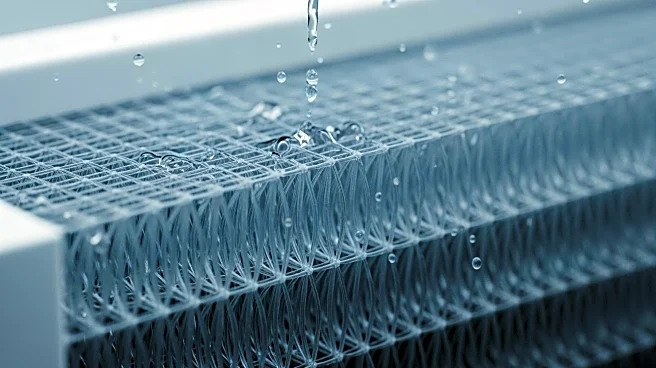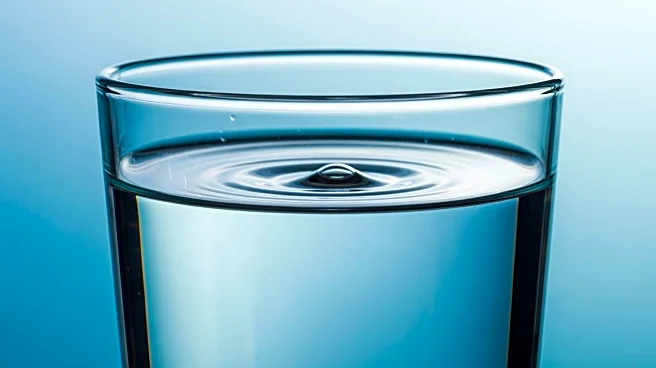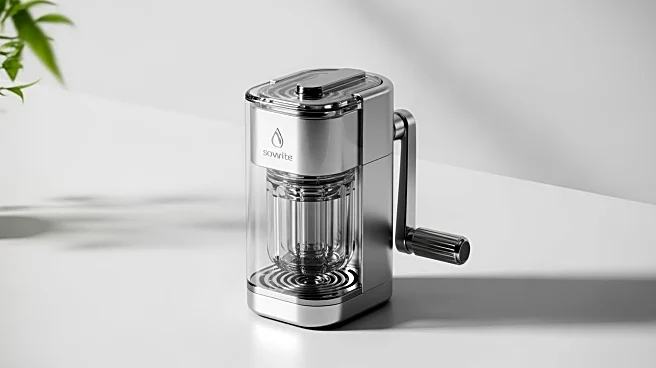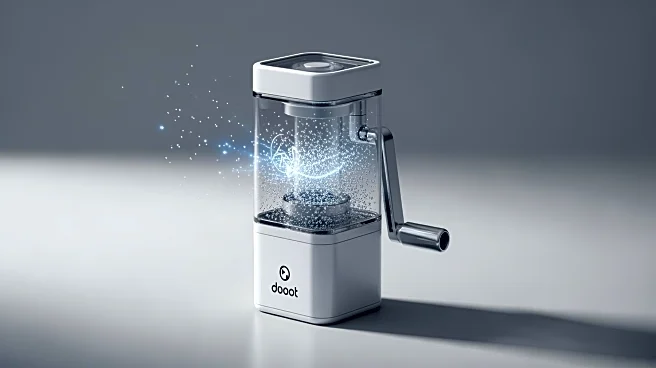What's Happening?
Recent advancements in membrane technologies are being explored as a solution to remove microplastics from drinking water. These technologies, including microfiltration, ultrafiltration, nanofiltration,
and reverse osmosis, utilize membranes with varying pore sizes to capture microplastic particles. While effective, these methods face challenges such as fouling, which reduces efficiency. Researchers are working on enhancing membrane functionality with materials like polyethersulfone and titanium dioxide nanoparticles to improve filtration capabilities. Despite these advancements, practical implementation remains challenging due to maintenance requirements and potential modifications needed for home systems.
Why It's Important?
The presence of microplastics in drinking water poses potential health risks, making effective removal methods crucial. Membrane technologies offer a promising solution, but their widespread adoption is hindered by cost and maintenance challenges. Successful implementation could significantly improve water safety and public health. However, the economic barriers and technical complexities may limit access for many consumers. As research continues, the development of more affordable and efficient systems could democratize access to clean water, benefiting public health and environmental sustainability.
What's Next?
Future research will focus on improving membrane materials to reduce fouling and enhance performance. Municipal water treatment processes may integrate these technologies with other methods to increase effectiveness. Regulatory standards and consistent monitoring protocols are needed to ensure reliable results. As these technologies evolve, they could become more accessible, providing a viable solution for reducing microplastic contamination in drinking water.
Beyond the Headlines
The ethical implications of microplastic contamination highlight the need for sustainable practices in manufacturing and waste management. As awareness grows, consumer demand for eco-friendly products and technologies may drive innovation in water purification. The development of standardized testing and monitoring methods will be crucial in building public trust and ensuring the safety of drinking water.











